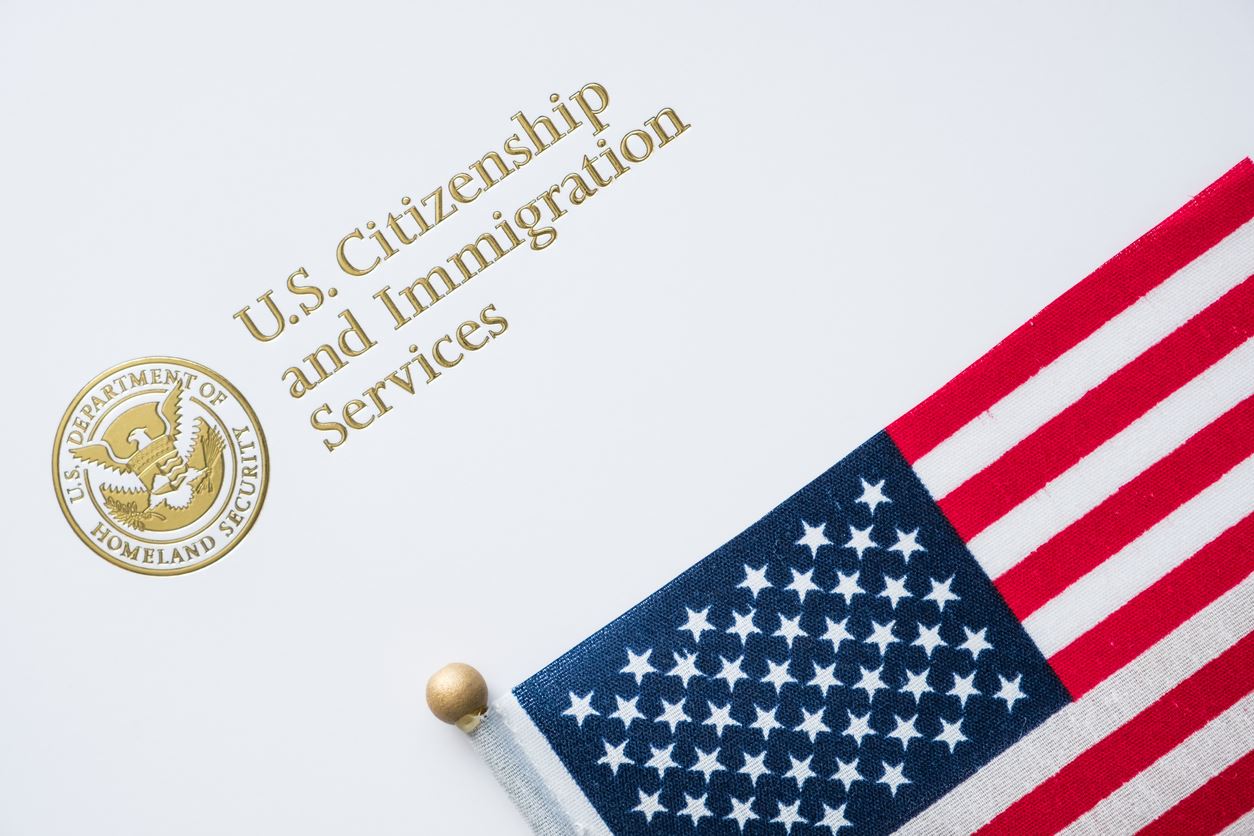As an immigrant in the United States, getting permanent residency is a significant step towards building a successful life there. However, navigating the process of getting one’s green card can be overwhelming, especially with numerous avenues that one can take. Two of the most common ways to obtain a green card are through the adjustment of status or consular processing.
Overview of Adjustment of Status
Adjustment of status is the process of obtaining permanent residency while staying in the United States, and immigrants on temporary visas can apply for it. This process is available to people who enter the country legally and can prove their eligibility for a green card. Adjustment of status application is filed with the U.S. Citizenship and Immigration Services (USCIS) by submitting form I-485. In addition to offering the state, an immigrant should submit all the necessary documents, including medical exams, fingerprints, and other supporting evidence.
Overview of Consular Processing
Consular processing is another option to obtain permanent residency but with a different process outside the United States. Consular processing is often used when the applicant is living in another country or the adjustment of status is not possible, for instance, if the applicant has overstayed their visa or is in the country unlawfully. The process involves applying to the National Visa Center (NVC), after which the processing by the U.S. Consulate or Embassy in the applicant's home country.
Key Differences Between Adjustment of Status and Consular Processing
One of the main differences between the two processes is location, where adjustment of status is for applicants already in the United States, and consular processing typically takes place at the embassy or consulate in the applicant's home country. The cost difference is another thing to note. While both processes have similar filing fees of about $1,225, consular processing requires an additional $325 fee for the interview. The process's duration is another differentiating factor, with consular processing generally being faster than adjustment of status.
When to Choose Adjustment of Status or Consular Processing
Suppose an applicant is currently in the United States and is eligible for an adjustment of status. In that case, they may be able to avoid travel and obtain permanent residency without leaving the country. On the other hand, an applicant may have to wait months or even years before their adjustment of status application is processed. It may also not be possible for an applicant to choose adjustment of status, for instance, if they entered the United States unlawfully. In that case, consular processing may be the best or only option.
Choosing the Best Option for Your Situation
When considering the best approach for obtaining a green card, weigh each option's pros and cons and the applicant's circumstances. Factors like time, cost, and eligibility should all be considered. For instance, consular processing may be the best option for someone living abroad, while adjustment of status may be the best for those already in the United States. However, eligibility requirements must be met before selecting an option.
Immigrant Services in Greenville & Spartanburg Counties
If you're considering Adjustment of Status or Consular Processing and need professional advice, don't hesitate to reach out to Colón Law Firm. Our team of experienced immigration attorneys can provide the guidance and support you need to navigate these complex processes. Contact us today at (864) 697-2870 to schedule a consultation and take the first step toward your immigration goals.





